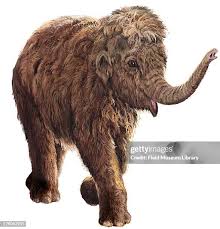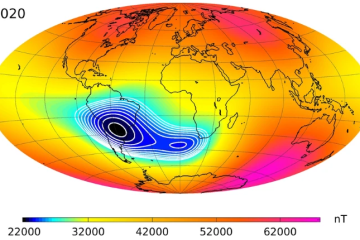Reviving the Woolly Mammoth: The Next Step in De-Extinction?

Introduction to the Woolly Mammoth
The woolly mammoth, an iconic species of the Ice Age, has captured the imagination of scientists and the public alike. Known for its distinctive long tusks and shaggy coat, the woolly mammoth roamed the Northern Hemisphere until its extinction about 4,000 years ago due to a combination of climate change and hunting by early humans. Today, efforts to revive this ancient creature through genetic engineering and selective breeding have been gaining traction, presenting both opportunities and ethical considerations within conservation biology.
Recent Developments in De-Extinction
Research teams, particularly at Harvard University’s Genetic Rescue project, have made significant strides in their quest to bring the woolly mammoth back to life. By extracting DNA from well-preserved specimens found in the permafrost of Siberia and combining it with the DNA of the Asian elephant, which shares a common ancestor with the mammoth, scientists aim to create a hybrid creature that possesses mammoth traits. The goal is not just to resurrect the woolly mammoth but to introduce these hybrids into Arctic environments to combat climate change by restoring tundra ecosystems.
Potential Ecological Impact
Supporters of woolly mammoth de-extinction argue that their return could play a pivotal role in curbing global warming. The mammoths are believed to have maintained the grassy tundra by uprooting trees and allowing sunlight to reach the ground, which would ultimately benefit carbon sequestration. A herd of woolly mammoth hybrids could help restore lost ecological functions and bolster biodiversity. However, the introduction of such hybrids into modern ecosystems raises concerns regarding genetic integrity of existing species and possible unforeseen ecological impacts.
Ethical Considerations
The endeavor to revive the woolly mammoth is not without controversy. Ethical questions surrounding the manipulation of animal genetics, animal welfare in breeding practices, and the potential consequences of releasing hybrids into the wild are central to the discussion. Critics argue that we should focus on conserving existing endangered species instead of reviving those gone extinct.
Conclusion: The Future of Woolly Mammoths
As research continues, the possibility of a woolly mammoth revival remains a scientifically exhilarating yet ethically complex issue. The implications of successfully creating a hybrid may provide crucial insights into the balance of ecosystems affected by climate change and extinction. While the road to de-extinction is fraught with challenges, the woolly mammoth’s legacy continues to inspire significant advances in genetic science and conservation efforts, prompting us to reflect on our responsibility towards the species with which we share this planet.









